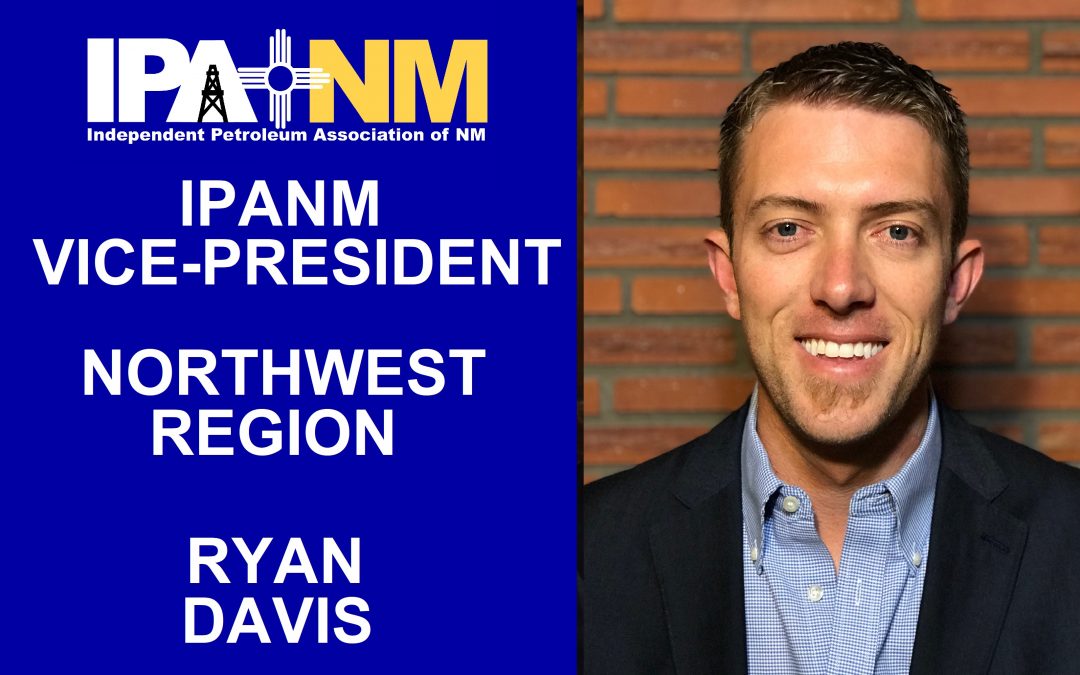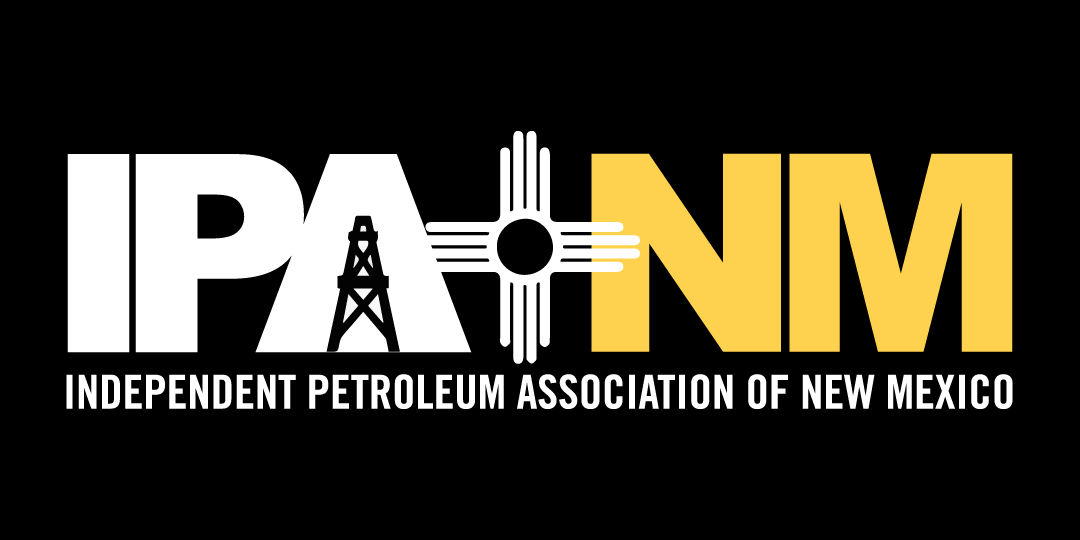The Methane Advisory Panel (MAP) has concluded and we anticipate final publications of our technical documents by mid-December.
IPANM’s Methane Workgroup Committee, made up of both IPANM’s MAP members and at-large members, will hold a conference call in December to take a look at some of the remaining issues that need to be addressed in formal comments to the administration. Please notify me if you’d like to join this important call. Likewise, IPANM MAP members will join NMOGA’s MAP members in mid-December to follow-up on some of our own discussion issues not addressed during our stakeholder meetings with the administration and draft comments to be submitted during the 60 day public comment period.
I’d like to highlight several aspects of the MAP meetings that you might not otherwise be aware of.
- First, all meetings were closed and conducted under the direction of the Chatham House Rule. Unfortunately, some representatives were not respectful of this process, as illustrated by several news articles that were published in November. Both industry MAP members and our IPANM Executive Board protested these leaks.
- Second, this process was conducted to provide technical background to the process of the administration’s desire to seek input from all parties involved in the Methane Rule process. From the outset, IPANM and other industry participants were disappointed that some entities chose to fill their representative spots with attorneys vs. technical experts. This ran contrary to the administration’s stated purpose to have a technical discussion related to methane reductions in the state. The administration heard our objections and did not prohibit participation of attorneys but allowed all members to have an alternate and a plus one (legal representation). The alternate could participate in the MAP process in place of the original representative. The plus one could be present at the MAP meetings and be consulted with as needed.
- Third, the drafting of the technical documents were done in a process that allowed all-inclusive considerations, regardless of technical or economic feasibility. Through the additive process technical context was provided to respond to impractical suggestions, and those responses should be captured in the documents. The hot topics from the MAP process were centered around venting and flaring. I would expect to see the NMOCD and NMED revamp the reporting requirements for oil and gas operations in the state. Throughout the process we highlighted the need for consideration of marginal well impacts and specifically with tanks, liquids unloading and LDAR (Leak Detection and Repair). If you want any specific information on the topics covered please feel to reach out to me or check the NMED website for each topic white paper.
- Finally, IPANM members should understand that the administration will take the information from these stakeholder meetings and move forward with drafting rules they want to enact. There is no guarantee that any of the technical recommendations suggested by industry will actually be considered. For this reason, IPANM plans to have it’s own legal representation at the upcoming rulemaking hearings in 2020. If a new Methane Rule comes out that fails to account for our unique operating circumstances, IPANM will stand ready to take whatever steps are necessary to fight for our members.
To conclude my update, please join me in thanking our IPANM MAP members. I can personally attest to the countless hours, weekends and trips to Santa Fe that our IPANM MAP team dedicated to this effort. I truly appreciate the time and effort of our IPANM MAP members in this process. Thank you for the opportunity to serve you all as the northwest vice president for IPANM. As we close out 2019, I would like to wish everyone a Merry Christmas and a Happy New Year.


